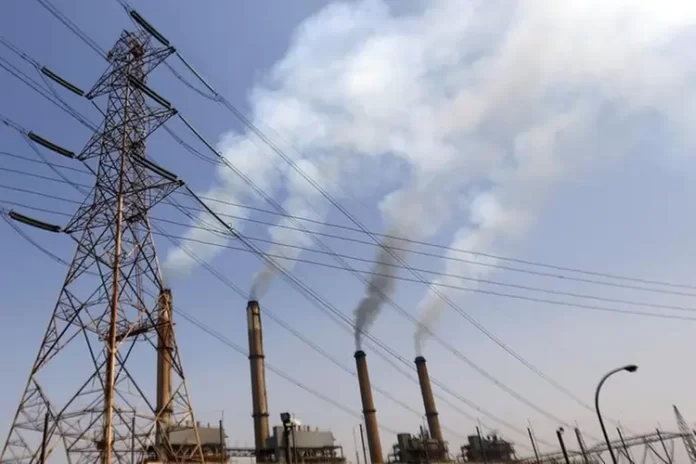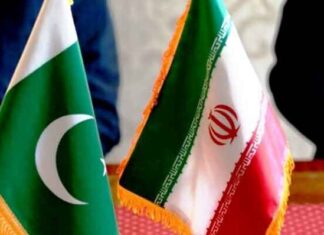The government is set to pay Rs2.14 trillion in capacity payments for FY25, with a large portion allocated to state-owned power plants and projects under the China-Pakistan Economic Corridor (CPEC), according to recent data.
Of the total, Rs1.069 trillion will be directed to government power plants, while Rs707 billion will go to CPEC-related power projects.
In comparison, the independent power producers (IPPs) established under the 1994 and 2002 power policies will receive a much smaller share—Rs165 billion in total.
Specifically, IPPs from the 1994 policy will receive Rs72 billion, and those from the 2002 policy will get Rs93 billion annually. These payments have been impacted by the rupee’s devaluation, which has locked in the dollar rate at Rs148 for these older contracts since the PTI government.
The government has already decided to terminate the power purchase agreements (PPAs) of five IPPs—four under the 1994 policy and one from the 2002 policy—a move expected to save Rs300 billion over the next decade.
However, some of these IPPs have signaled intent to take legal action, including moving cases to the London Court of International Arbitration (LCIA).
Furthermore, 17 IPPs will be transitioned from the “take or pay” to the “take and pay” model, aligning payments more closely with actual electricity consumption.
Meanwhile, government-owned power plants are set to receive substantial capacity payments, including Rs466 billion for nuclear plants, Rs446 billion for hydropower, Rs161 billion for RLNG plants, and Rs16 billion for GENCOs.
The power plants under the CPEC initiative will account for Rs707 billion of the capacity payments, translating to an additional Rs7.07 per unit in electricity tariffs.
The Sahiwal coal power plant alone will receive more in capacity payments than all the 2002 IPPs combined.
Renewable energy projects, such as wind and solar, will also receive capacity payments, with wind power plants getting Rs161 billion and solar plants Rs31 billion.
Consumers will now bear Rs1.083 trillion in debt servicing, Rs218 billion in fixed operation and maintenance charges, Rs596 billion as returns on equity, and Rs254 billion for other expenses in their electricity tariffs. This surge in capacity payments, alongside a reduction in electricity consumption due to high tariffs, has compounded the financial strain on the power sector.
For the IPPs established under the 1994 and 2002 policies, the payments include Rs15 billion for Uch Power, Rs32 billion for HUBCO, and Rs19 billion for Rouch Power. Among the 2002 policy IPPs, UCH-II will receive Rs23 billion, and Nishat Power Rs4 billion.
The increase in capacity payments per unit, from Rs2.78 in FY2015-16 to Rs18.39 in FY25, highlights the impact of the rupee’s devaluation and rising interest rates on the sector’s financial burden.
























